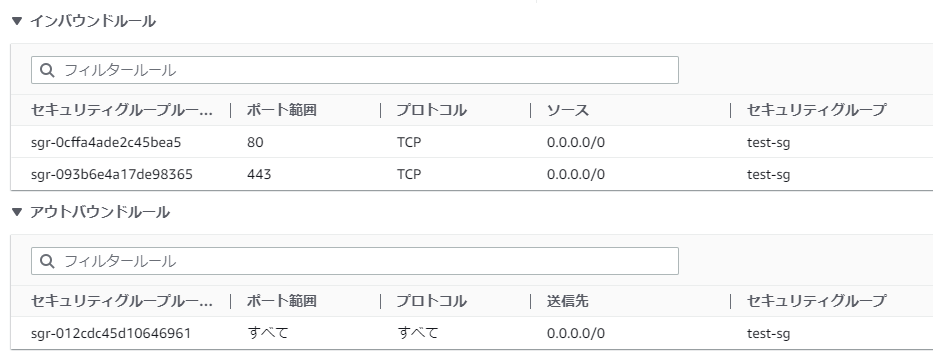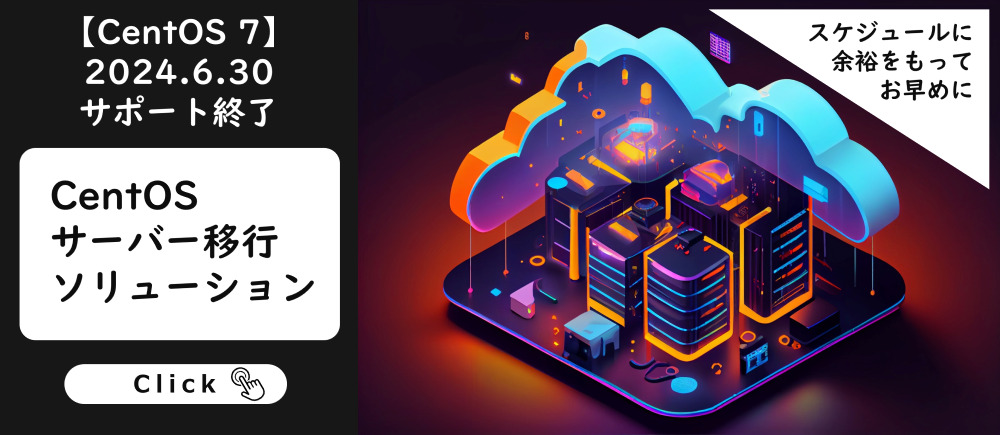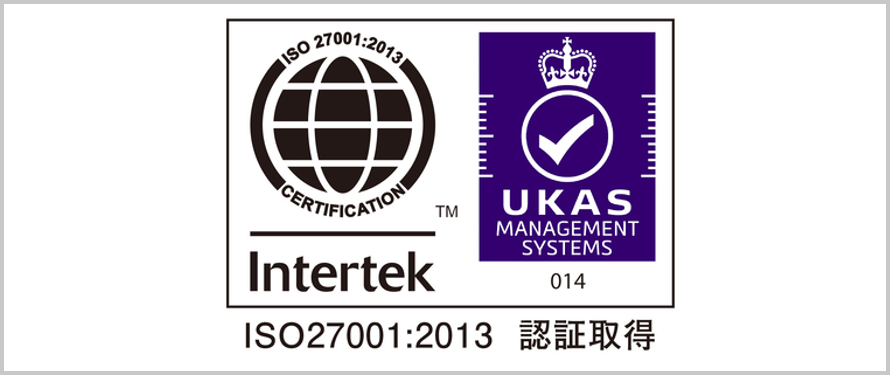Terraform でセキュリティグループに複数ルールを追加する方法
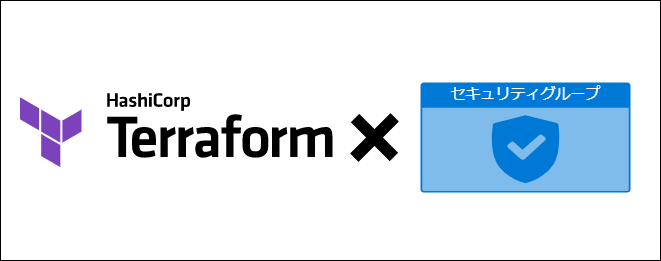
目次
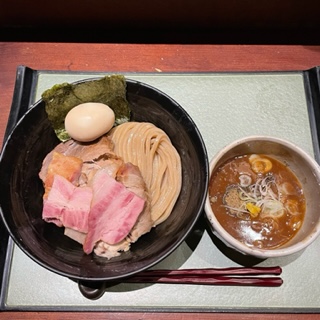
こんにちは!
株式会社ビヨンド大阪オフィスのラーメン王、ヒデです。
今回が10回目の投稿です。
前回は、Google Cloud Load Balancing(GCLB)のグローバル外部 HTTP(S) ロードバランサで、URL リダイレクト設定をする方法ついて書きました!
最新型と従来型では、URLリダイレクトの設定が違って少し難しいですが、知っていると便利ですので興味ある方は、以下をぜひ見てくださいね!
● Part1:GCPのグローバル外部 HTTP(S) ロードバランサ(従来型)で、URLリダイレクト設定をする方法
● Part2:GCPのグローバル外部 HTTP(S) ロードバランサで、URLリダイレクト設定をする方法
Terraform でセキュリティグループに複数ルールを追加する
普段、セキュリティグループを作成する時は、インバウンドルールを手動で複数作成してますが、Terraform でも複数のインバウンドルールを設定されているセキュリティグループを作成して、インスタンスなどにアタッチさせたいですよね。
この複数ルールを作成する、2パターンのやり方を紹介します。
下記画像のようにするのが最終目標です!
では頑張っていきましょう!
設定方法
まず、一つ目の設定方法は、aws_security_group に ingress(インバウンドルール)を2つ設定する方法です。
こちらは非常にシンプルでとても使いやすいです。
resource "aws_security_group" "test-sg" {
name = "test-sg"
description = "test-sg"
egress {
from_port = 0
to_port = 0
protocol = "-1"
cidr_blocks = ["0.0.0.0/0"]
}
ingress {
from_port = 80
to_port = 80
protocol = "tcp"
cidr_blocks = ["0.0.0.0/0"]
}
ingress {
from_port = 443
to_port = 443
protocol = "tcp"
cidr_blocks = ["0.0.0.0/0"]
}
}
2つ目の設定方法は、aws_security_group_rule を設定する方法です。
aws_security_group にはi ngress を記述せずに、aws_security_group_rule に記述する方法になります。この方法では、一つの aws_security_group_ruleリ ソースの中に、1つのルールしか記述することができないので、複数記述する場合は、下記のようにリソース名を違う名前にした aws_security_group_rule リソースを作成して、その中にルールを追加する方法となります。
しかし、うまく使えば便利かもしれませんが、この aws_security_group_rule を使ってルール設定をする場合は、必ず次を見てから設定をしてください!
resource "aws_security_group" test-sg" {
name = "test-sg"
description = "test-sg"
egress {
from_port = 0
to_port = 0
protocol = "-1"
cidr_blocks = ["0.0.0.0/0"]
ipv6_cidr_blocks = ["::/0"]
}
}
resource "aws_security_group_rule" "test-sg-inbound-http" {
type = "ingress"
from_port = 80
to_port = 80
protocol = "tcp"
cidr_blocks = [
"0.0.0.0/0"
]
security_group_id = aws_security_group.test-sg.id
}
resource "aws_security_group_rule" "test-sg-inbound-https" {
type = "ingress"
from_port = 443
to_port = 443
protocol = "tcp"
cidr_blocks = [
"0.0.0.0/0"
]
security_group_id = aws_security_group.test-sg.id
}
aws_security_group と aws_security_group_rule の両方でルールを設定してはいけない

「aws_security_groupでingress を設定したけど
ingress をもう一つ追加したいから aws_security_group_rule で追加しよ!」
こんな感じで思って aws_security_group でingress ルールを設定しているのに、aws_security_group_rule で追加したら
ルールが競合してapply時に作成されたり、消えたりしてバグります.....

「バグるとかそんなわけないでしょう!何言ってんの?」
こんな感じで思った方はいるはず、初めて知った時は僕も完全にそうでしたw
そんな方のために実際に検証したログを残しておきますね!
以下 main.tf で apply します。
resource "aws_security_group" "test-sg" {
name = "test-sg"
description = "test-sg"
egress {
from_port = 0
to_port = 0
protocol = "-1"
cidr_blocks = ["0.0.0.0/0"]
}
ingress {
from_port = 80
to_port = 80
protocol = "tcp"
cidr_blocks = ["0.0.0.0/0"]
}
}
resource "aws_security_group_rule" "test-sg-inbound-https" {
type = "ingress"
from_port = 443
to_port = 443
protocol = "tcp"
cidr_blocks = [
"0.0.0.0/0"
]
security_group_id = aws_security_group.test-sg.id
}
1回目の apply で、AWS側ではこうなります。
問題なく 80・443ポートのインバウンドルールが作成されています。
しかし2回目に apply すると、main.tf に何も変更を加えていないのにも関わらず、change となりaws_security_group_rule に設定されているものは、削除されるようになってしまいます。
aws_security_group.test-sg: Refreshing state... [id=sg-063e7c33de8e1dc09]
aws_security_group_rule.test-sg-inbound-https: Refreshing state... [id=sgrule-4193634971]
aws_instance.test: Refreshing state... [id=i-07125d27a59e1b8f5]
Terraform used the selected providers to generate the following execution plan. Resource actions are indicated with the following symbols:
~ update in-place
Terraform will perform the following actions:
# aws_security_group.test-sg will be updated in-place
~ resource "aws_security_group" "test-sg" {
id = "sg-063e7c33de8e1dc09"
~ ingress = [
- {
- cidr_blocks = [
- "0.0.0.0/0",
]
- description = ""
- from_port = 443
- ipv6_cidr_blocks = []
- prefix_list_ids = []
- protocol = "tcp"
- security_groups = []
- self = false
- to_port = 443
},
- {
- cidr_blocks = [
- "0.0.0.0/0",
]
- description = ""
- from_port = 80
- ipv6_cidr_blocks = []
- prefix_list_ids = []
- protocol = "tcp"
- security_groups = []
- self = false
- to_port = 80
},
+ {
+ cidr_blocks = [
+ "0.0.0.0/0",
]
+ description = null
+ from_port = 80
+ ipv6_cidr_blocks = []
+ prefix_list_ids = []
+ protocol = "tcp"
+ security_groups = []
+ self = false
+ to_port = 80
},
]
name = "test-sg"
tags = {}
# (7 unchanged attributes hidden)
}
Plan: 0 to add, 1 to change, 0 to destroy.
Do you want to perform these actions?
Terraform will perform the actions described above.
Only 'yes' will be accepted to approve.
Enter a value: yes
2回目のapply後のAWS画面は以下になります。aws_security_group_rule で設定された部分は消えてますね。。。
公式の aws_security_group リソースの説明にはこのように書かれています。
要するに aws_security_group_rule に設定しても、aws_security_group に設定した内容に上書きされるということですね。知らないまま運用すると、結構怖いことになりますよね...
Terraform は現在、スタンドアロンのセキュリティ グループ ルール リソース (単一のイングレスまたはエグレス ルール) と、インラインで定義されたイングレスおよびエグレス ルールを含むセキュリティ グループ リソースの両方を提供します。
現時点では、インライン ルールを持つセキュリティ グループをセキュリティ グループ ルール リソースと組み合わせて使用することはできません。これを行うと、ルール設定の競合が発生し、ルールが上書きされます。
● 参考:https://registry.terraform.io/providers/hashicorp/aws/latest/docs/resources/security_group
まとめ
今回は Terraform でセキュリティグループに複数ルールを追加する方法について紹介しましたが、いかがでしたでしょうか?
aws_security_group と aws_security_group_rule で複数のルールを定義できますが、同時にルールを設定すると、とんでもないミスを招く恐れがあるので注意が必要です!
どちらを使うかはお任せしますが、特別な理由がない限りは、aws_security_group で複数のルールを設定する方が、管理が楽で競合も起きないと思います。
セキュリティグループを作成する際はぜひ、参考にしてくださいね!


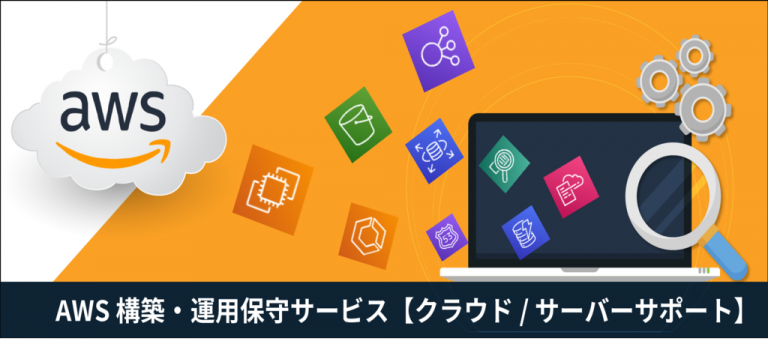





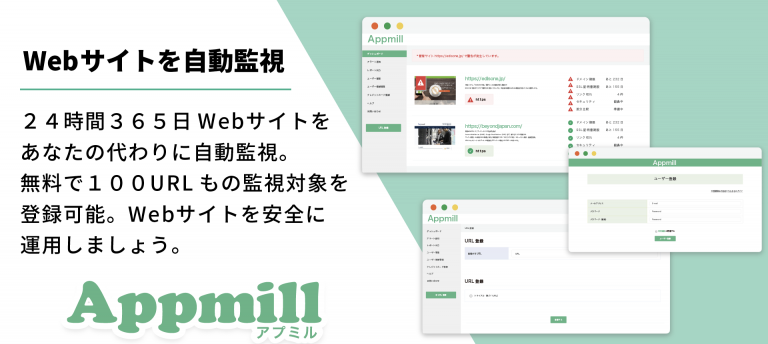


 5
5